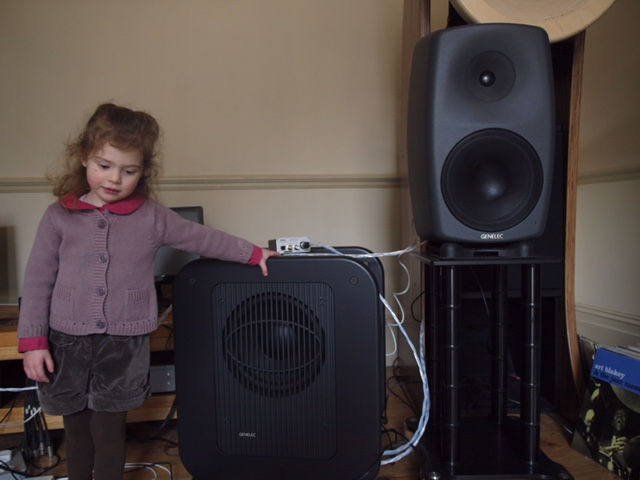Does 'Everything Matter'?
- Keith Cooper

- Nov 13, 2023
- 2 min read
Updated: Nov 15, 2023
Exactly what is and what is not required for really high quality sound reproduction in your home. For as long as I can remember domestic Hi-FI has been marketed on the premise that
essentially the more expensive a component is the 'better' it is.
You read it all the time, 'best streamer under £1000', implying of course that there is better available but at a price, audio nirvana will always remain just out of reach.
What complete and utter nonsense!
Lets strip away the marketing bullshit and determine what really is essential for really high quality sound reproduction.
By far the most important component are loudspeakers and their interaction with your room.
What makes a good loudspeaker?
Loudspeakers are transducers, which means they change one form of energy into another.
Unlike the majority of solid state electronics, loudspeakers really can sound very different from each other, what makes them different, their FR, frequency response.
A good loudspeakers on-axis FR should have the minimum deviation from flat as possible,
on-axis simply means the sound that comes directly out of the speaker when you are sitting directly in front of it.
The loudspeakers off-axis response ( the sound that propagates from the sides of the loudspeaker ) should mirror that of the on-axis because both direct and indirect sound are conflated by your brain into one sound, the sound you hear.
A very coloured loudspeaker will often have vastly different on and off axis FRs.
This is a horizontal contour plot of Dutch&Dutch's superb 8C loudspeaker as measured on a Klippel NFS by Erin's Audio Corner ( a really informative site which I highly recommend)
https://www.erinsaudiocorner.com/loudspeakers/dutch_dutch_8c/

This plot depicts that from 0 degrees ( directly in front of the loudspeaker) to 50 degrees each side of the loudspeaker you will hear exactly the same FR.
The Klippel NFS (near field system) measures every aspect of the speaker, including linearity,
THD( total harmonic distortion) from the thousands of near field measurements it makes it extrapolates the far field response and can then predict the speakers predicted in-room response, it is a clever and expensive bit of kit.
All about the Klippel here:-
One of the issues we face is that there simply aren't that many publications that measure loudspeakers in a coherent format.
John Atkinson at Stereophile has been measuring loudspeaker for years and his measured
responses to the 'subjective' side of the review are often amusing.
also measure/review above are their findings for the Sigberg Audio SBS.1 ( a superbly measuring design)
Hi-Fi News also publish measurements although rather meagre, there is an agreed measurement protocol for loudspeakers CEA- 2034 often referred to as the Spinorama.
How then to choose
The obvious answer is to choose 'possibles' from loudspeakers who have already been measured and reviewed ideally by an independent reviewer.
Amir at 'Audio Science Review' ( I can't recommend this forum highly enough )
https://www.audiosciencereview.com/forum/index.php
will always draw an easy to understand conclusion from the measurements as will Erin ( Erin's Audio Corner) similarly.
Next time we will look at some wonderful and truly horrendous loudspeaker measurements!
Keith



Comments